This is certainly one of the best soundbars on the market. Back in 2023, the HW-Q990C had already impressed us, while the next version, the HW-Q995D, last year, only brought slight improvements (including an HDMI 2.1 port compatible with 4K/120Hz streams and VRR for PlayStation and Xbox). This HW-Q995F, presented at CES 2025 in Las Vegas, aims to be more ambitious. The Korean manufacturer has notably drastically reduced the size of the subwoofer by 58%.
But this component isn't the only one to undergo a change; the soundbar itself has also evolved slightly. While it retains the same overall appearance, its upper part sports a very nice finish with grooves running along its entire length. Pretty, certainly, but very sensitive to dust which tends to get stuck in the grooves; as our photos show. At both ends, there is not one, but now two bevels, the rear part of the speaker being also cut. Under the bar, we find the well-hidden connections: the power supply, an HDMI eARC socket, two HDMIs and an optical input.
With this covering full of grooves and perforations, difficult to see the speakers (apart from the two facing upwards). However, if we add up those of the bar, the subwoofer and its two satellites, there are no less than 23 speakers that are managed by the system. The whole thing is very easy to install: once the bar is connected to the mains and to the television, simply plug the subwoofer and the satellites into a power outlet and the pairing will take place automatically. If this is not the case, a button allows you to restart the process. A small blue LED then remains lit behind each component to confirm that everything is in order, which can be disturbing in the dark.
A mini subwoofer with maximum power
In terms of dimensions, the bar (1232 x 69.5 x 138mm) and the satellites (129.5 x 201.3 x 140.4mm) retain roughly the same dimensions as those of previous generations. It is towards the subwoofer that we must turn to see the greatest evolution. While the previous one was 41 cm high and 22 cm wide, the new one has been reduced by almost half: a cube with a side of just under 25 centimeters.
Appreciable when you don't have a huge space! However, it gains in power since its two 20-centimeter diameter speakers now deliver 300 watts compared to 200 watts on last year's model.
To control everything, you can use the Samsung remote control that comes with its televisions and audio accessories or the SmartThings app, which obviously gives access to many more settings, such as equalization and volume control for the different channels. But the most interesting feature is certainly SpaceFit Pro, which uses the components' built-in microphones to automatically adjust audio processing to the room's acoustics. If you have a compatible Samsung TV (basically, those produced since 2019), it is also possible to activate the Q-Symphony feature which synchronizes the TV speakers to the soundbar for even more immersion.
But the option we prefer is certainly the ability to wirelessly send a Dolby Atmos signal. To use it, however, you must have a Samsung TV produced in 2022 or later. During our test, we were also able to do this via an Apple TV 4K, which streams the Dolby Atmos signal via AirPlay 2 to the Samsung device. In this case, there's no need to connect the soundbar to the TV, which offers a wider range of installation options, without being limited by an HDMI cable. Ultra practical!
Eclipsa Audio Compatible
However, you obviously need to plug the soundbar into the mains, just like the satellites and the subwoofer. As always with this type of active system, this is the most annoying part depending on the room configuration and the proximity of the power outlets. Especially since the small surround speakers need to be correctly placed behind the seat to benefit from correct spatialization. In addition to the now classic Dolby Atmos and DTS:X, the HW-Q995F is also compatible with the Eclipsa Audio format. This equivalent of Dolby Atmos developed by Google will soon be arriving on YouTube to allow content creators to offer a spatial audio mix. If you're a fan of the online platform, this is a strong argument.
Especially since its surround sound capabilities are still as impressive as those of its predecessors. With a total power of 756 watts and an 11.1.4 configuration, the HW-Q995F does things in a big way. Of the 23 speakers in total, 4 are responsible for reproducing vertical sounds. Let's get this question out of the way right away: the rendering is not as good as that of a Dolby Atmos cinema. As is often the case, it is difficult to work miracles in this area by doing without speakers inserted in the ceiling and relying solely on the reflexivity of the signal sent upwards. However, we feel some sounds rising with films encoded in Dolby Atmos, but their placement is not really precise and difficult to identify. This is the only real limitation of this set.
Also efficient for listening to music
Because the rest is still and always at the level of what Samsung has been offering for two years: ultra-efficient. With Dolby Atmos-encoded films, you can clearly feel the sound objects coming from behind or, even more so, rotating around the viewer. This is even more true with Twisters, one of our test films, where the sound of tornadoes really comes into its own (upside down). The dialogue is extremely clear on the center channel and always perfectly intelligible, whether layered over other sounds in the scene or the soundtrack. And what about the subwoofer! Without ever overpowering the rest of the spectrum, it supports it with finesse and explosiveness when necessary. We jumped a number of times on our sofa, for a result worthy of the power of a movie theater.
We were also keen to test its use as a simple music system. At a time when Dolby Atmos is also invading streaming platforms, the HW-Q995F comes into its own. While spatial mixes are very uneven from one album to another, those who really benefit from this spatialization find a superb setting here. This is particularly the case on Mirages 2 by JB Dunckel and Jonathan Fitoussi where the electronic layers float all around us, superbly supported by the subwoofer. In classical music, the choirs accompanying the soprano Fatma Said on Ständchen, D. 920 by Franz Schubert appear slightly behind us — sometimes to the left, sometimes to the right — while the singer's voice is perfectly placed in the center. A treat.


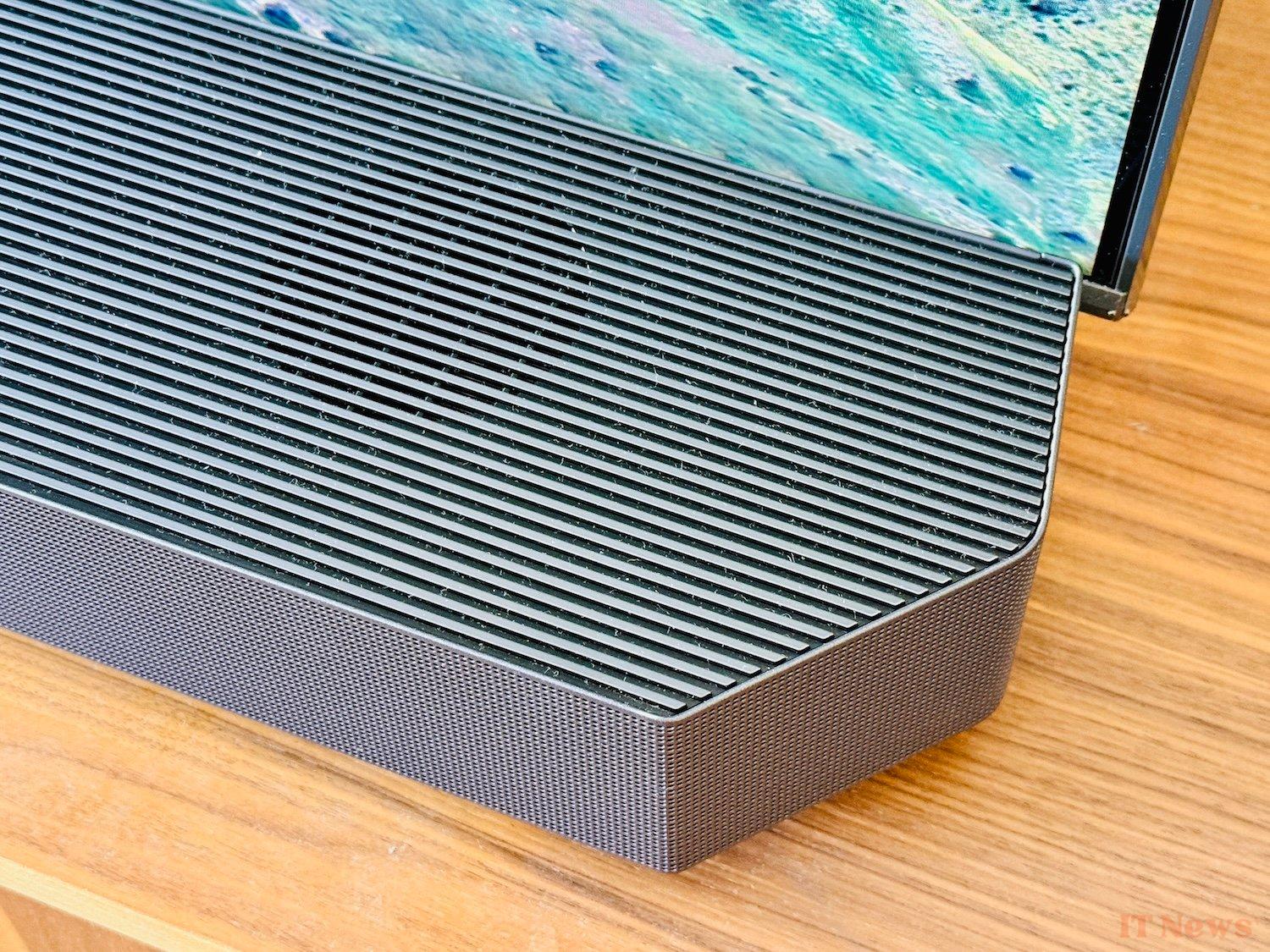
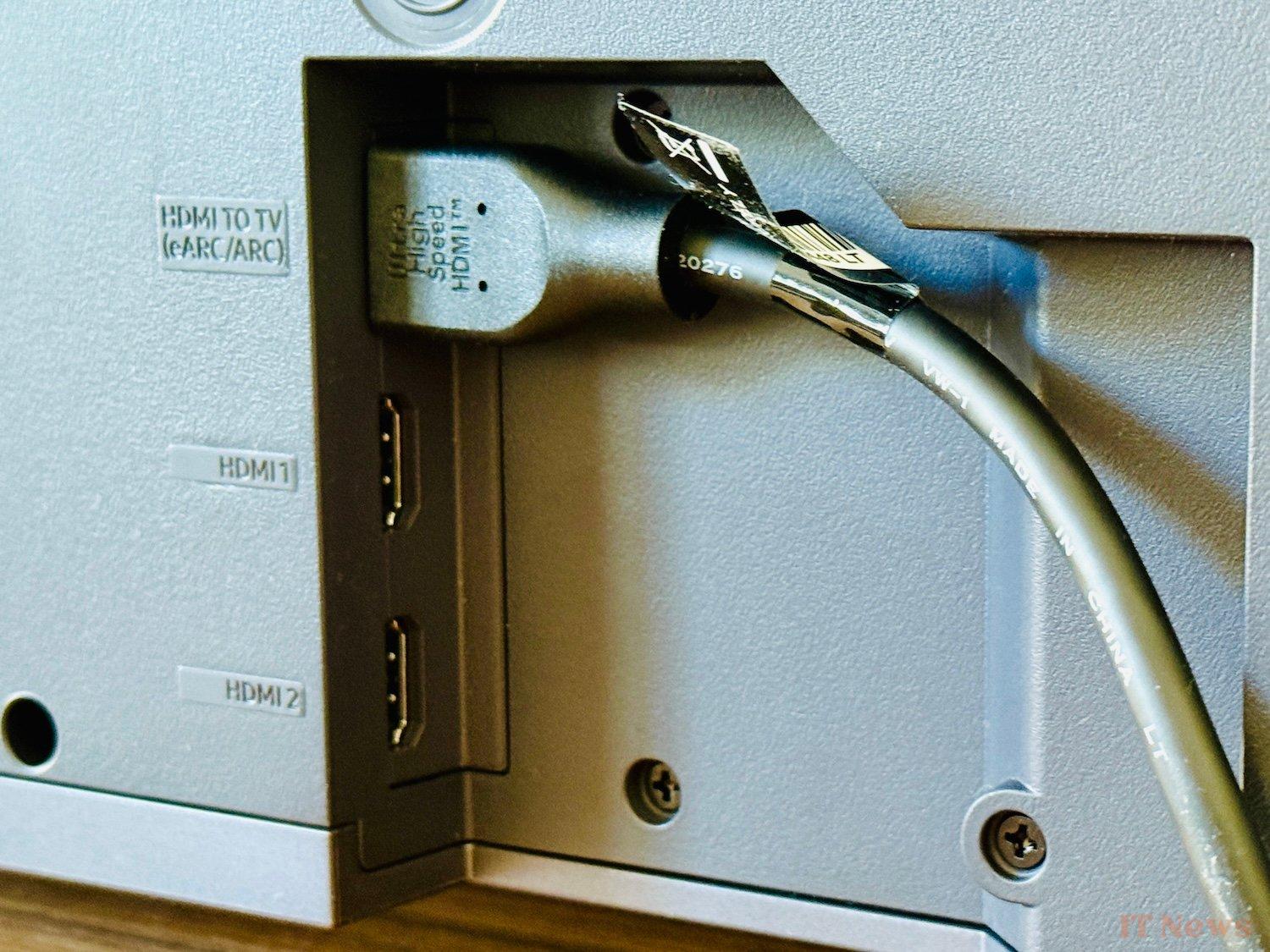
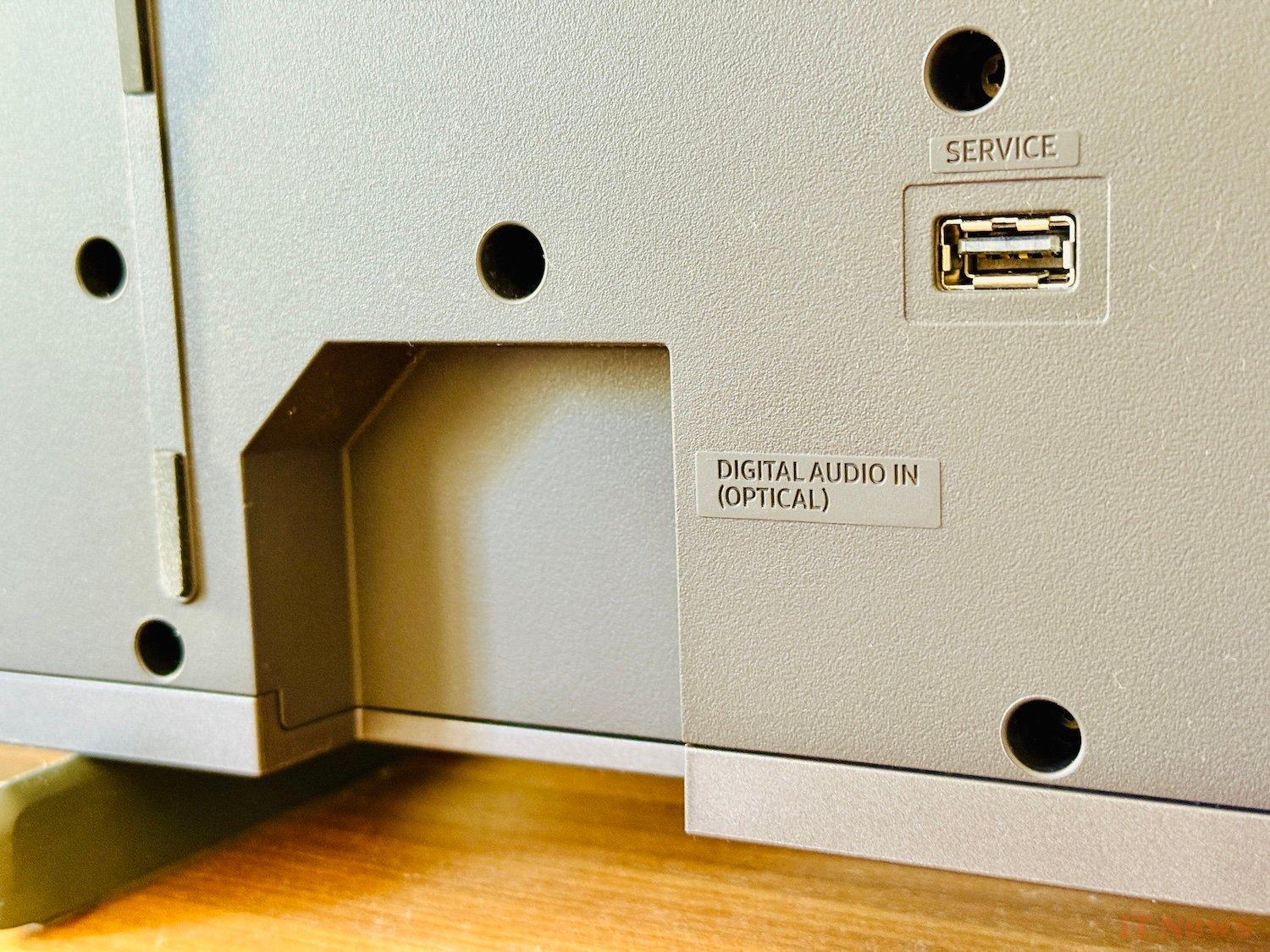
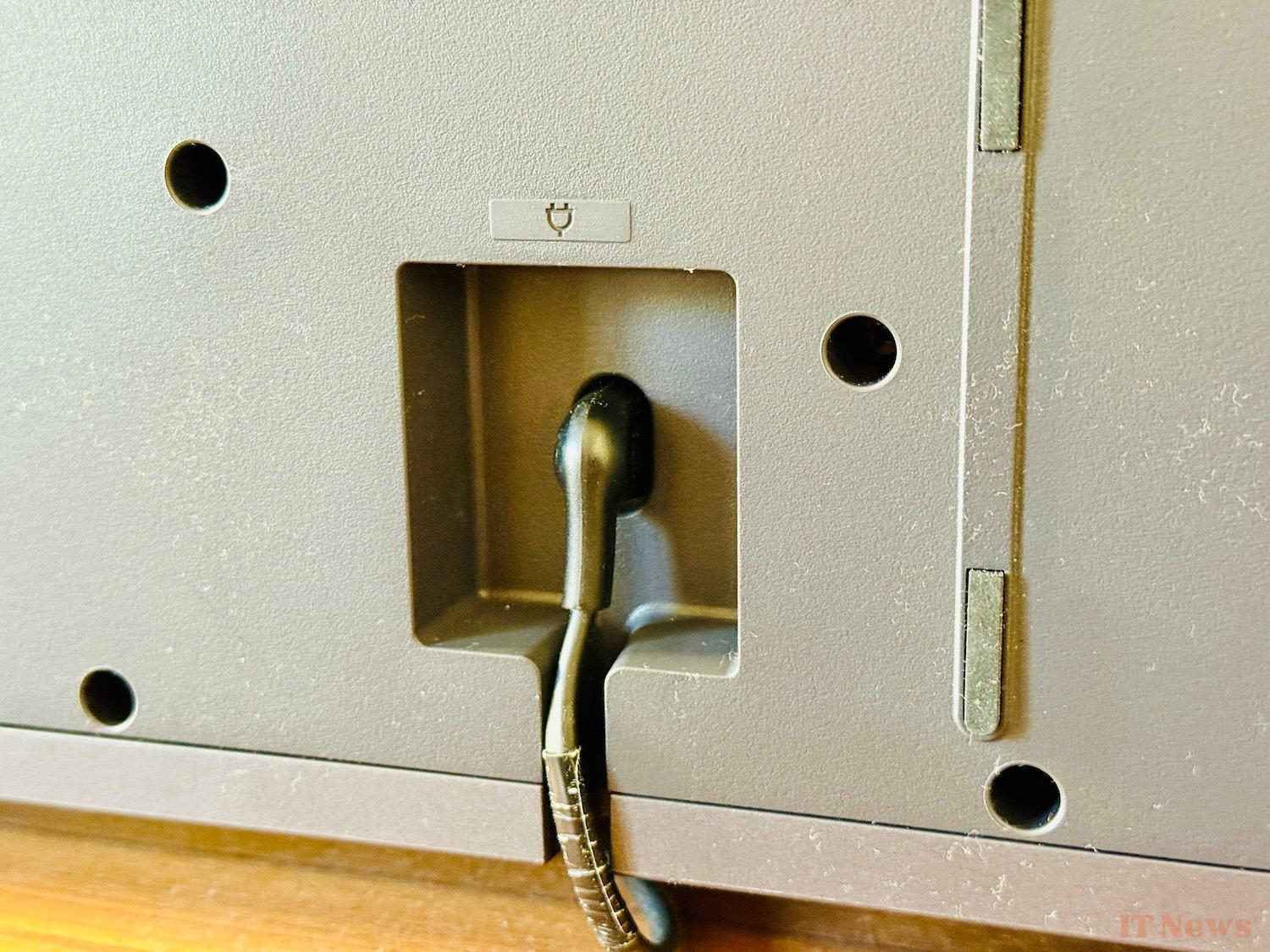
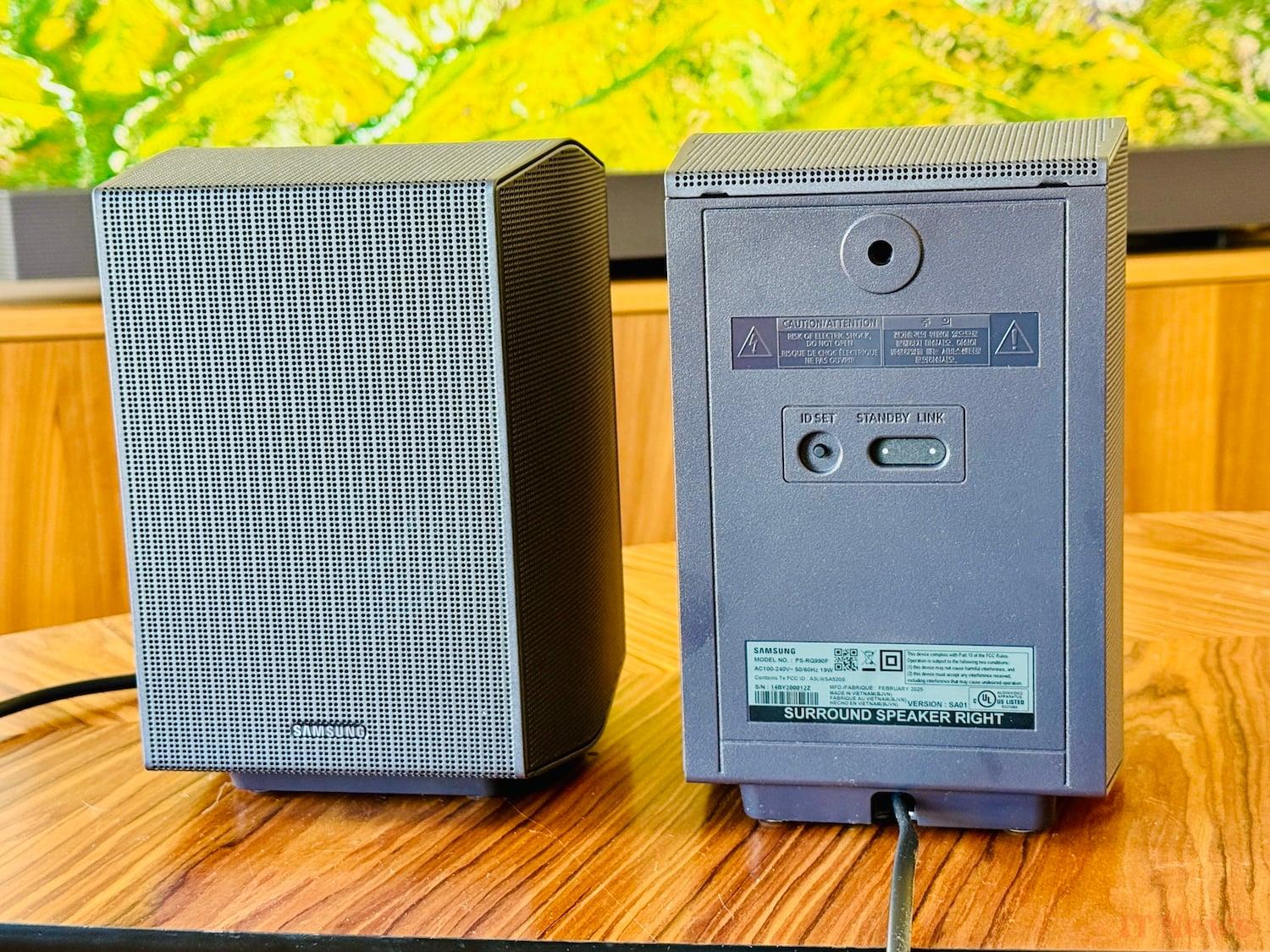
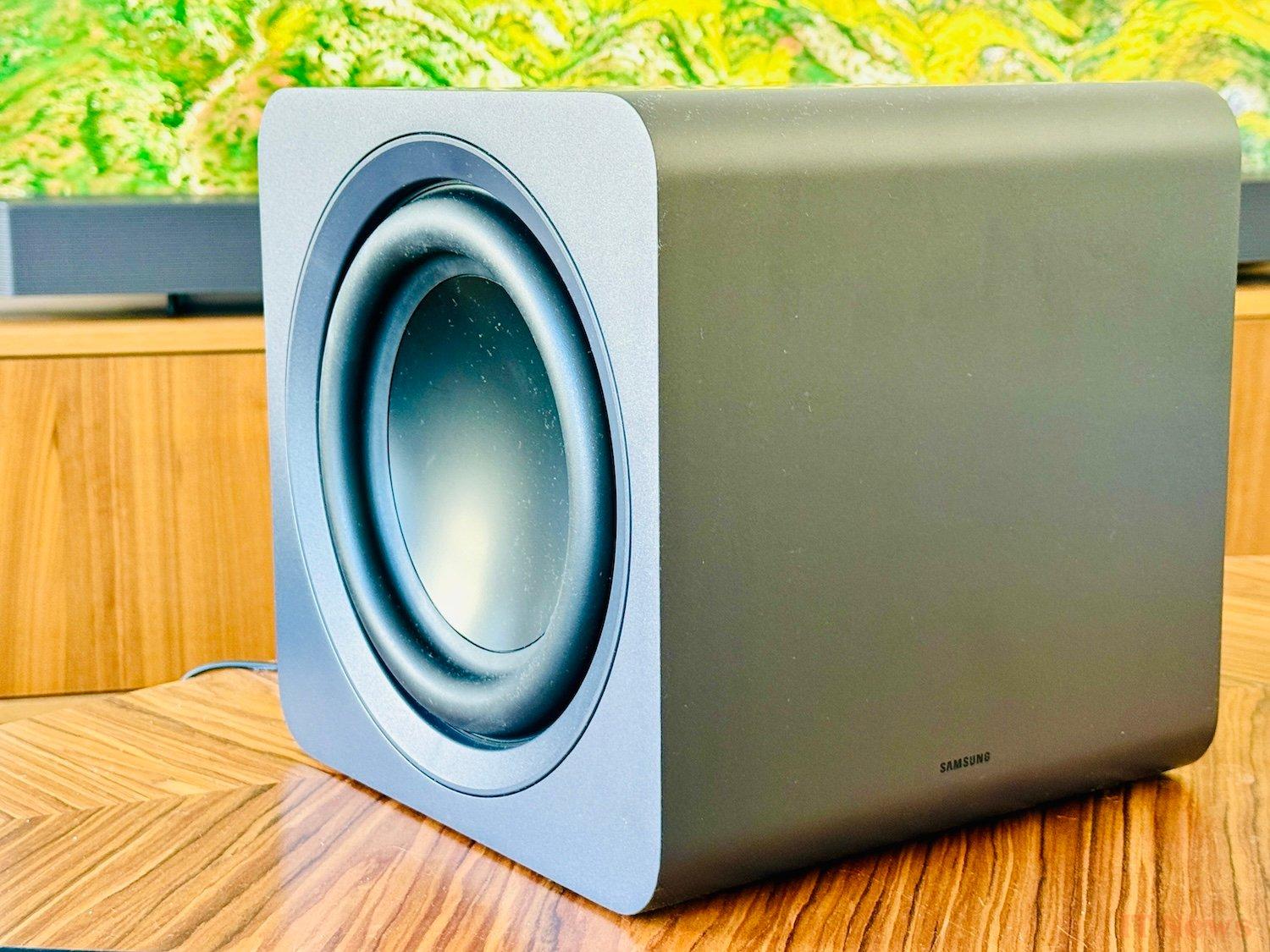

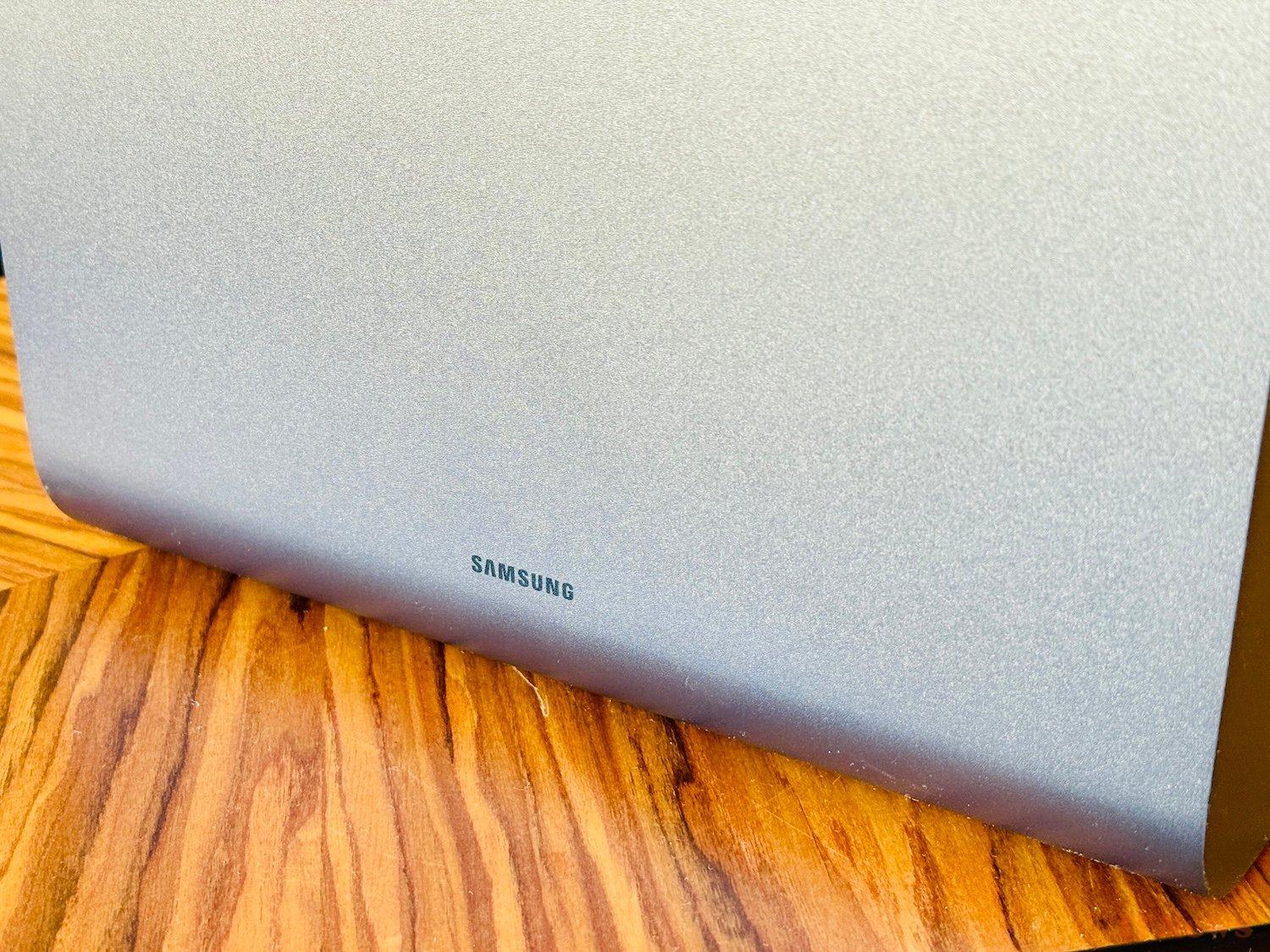
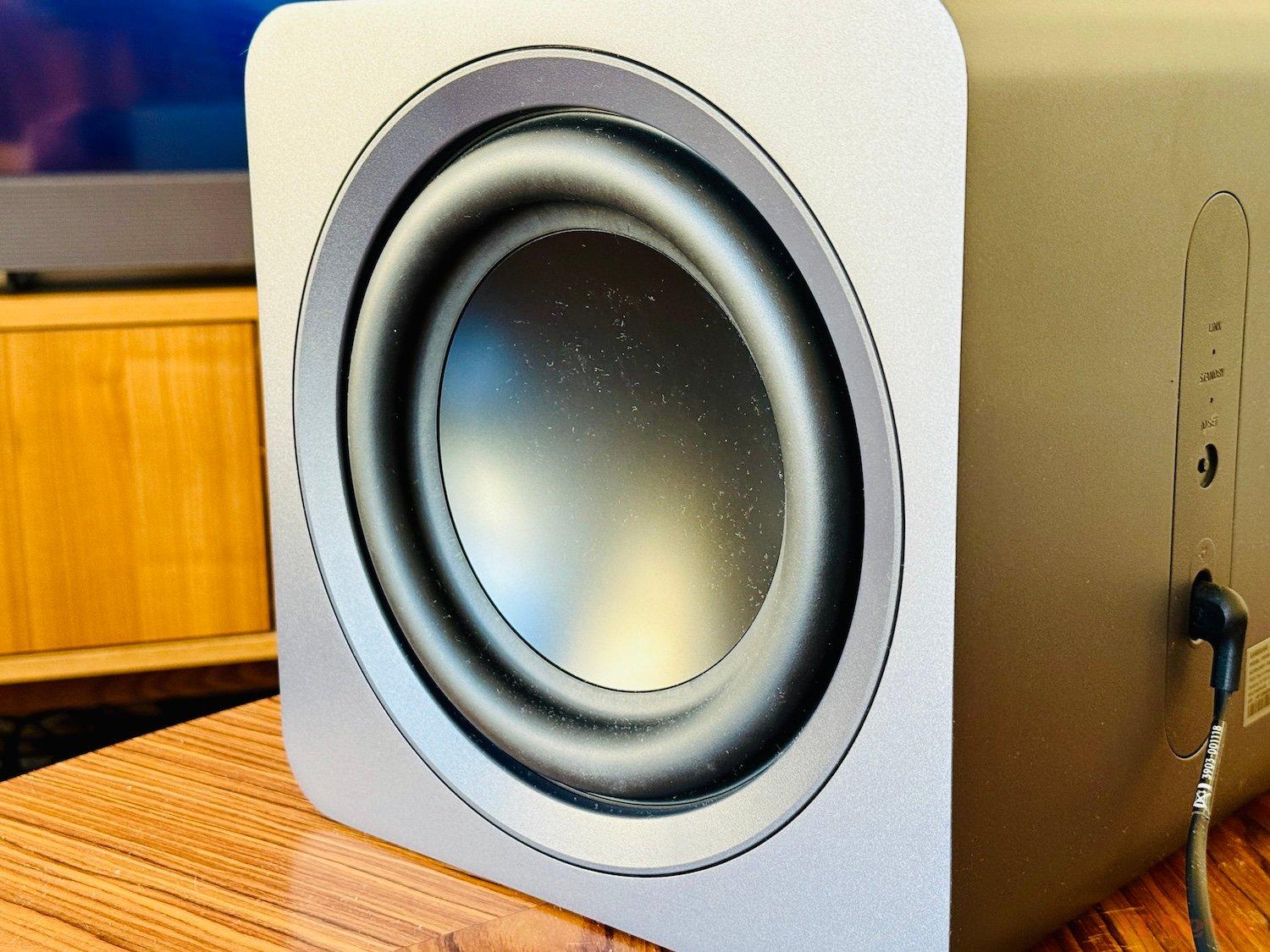

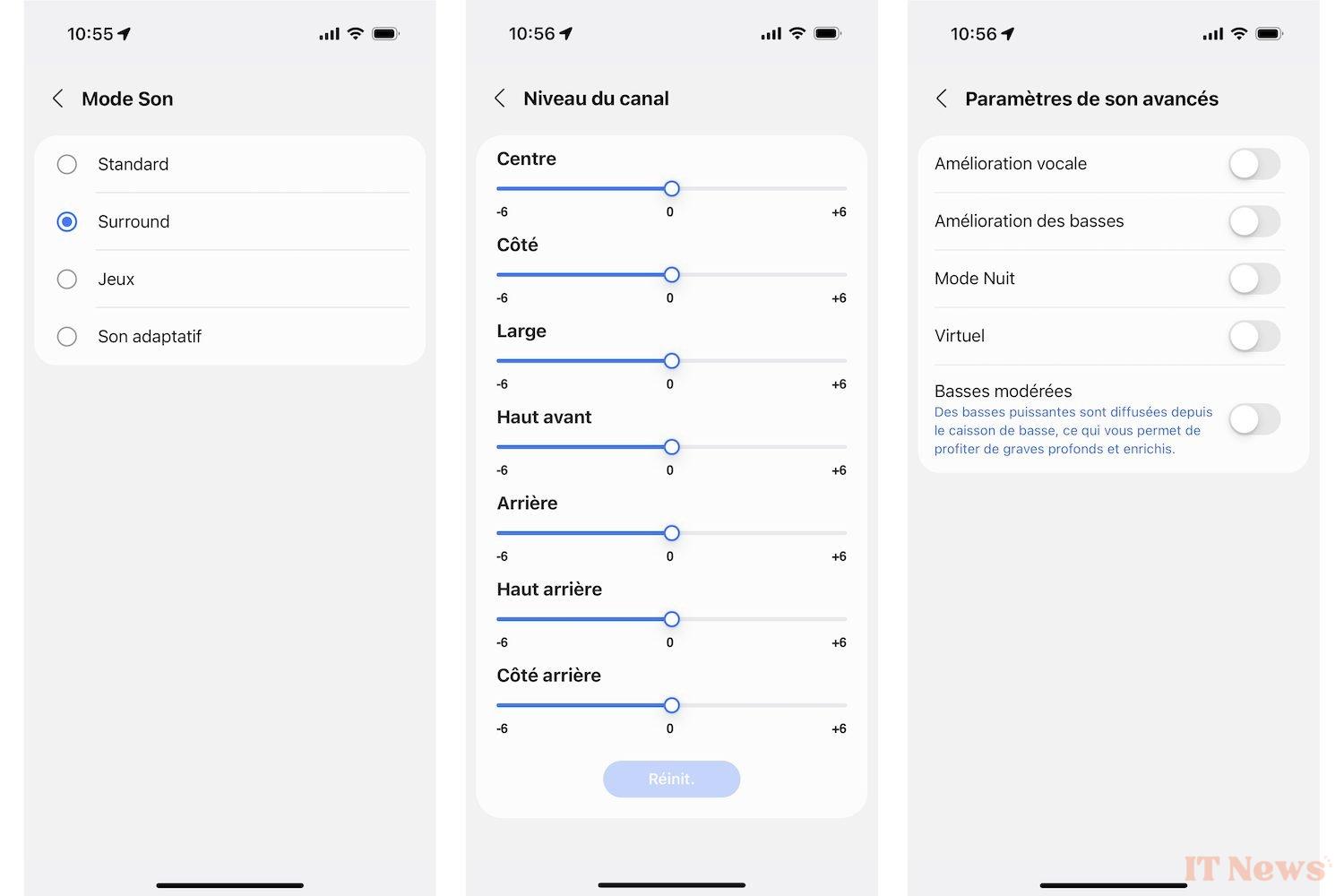
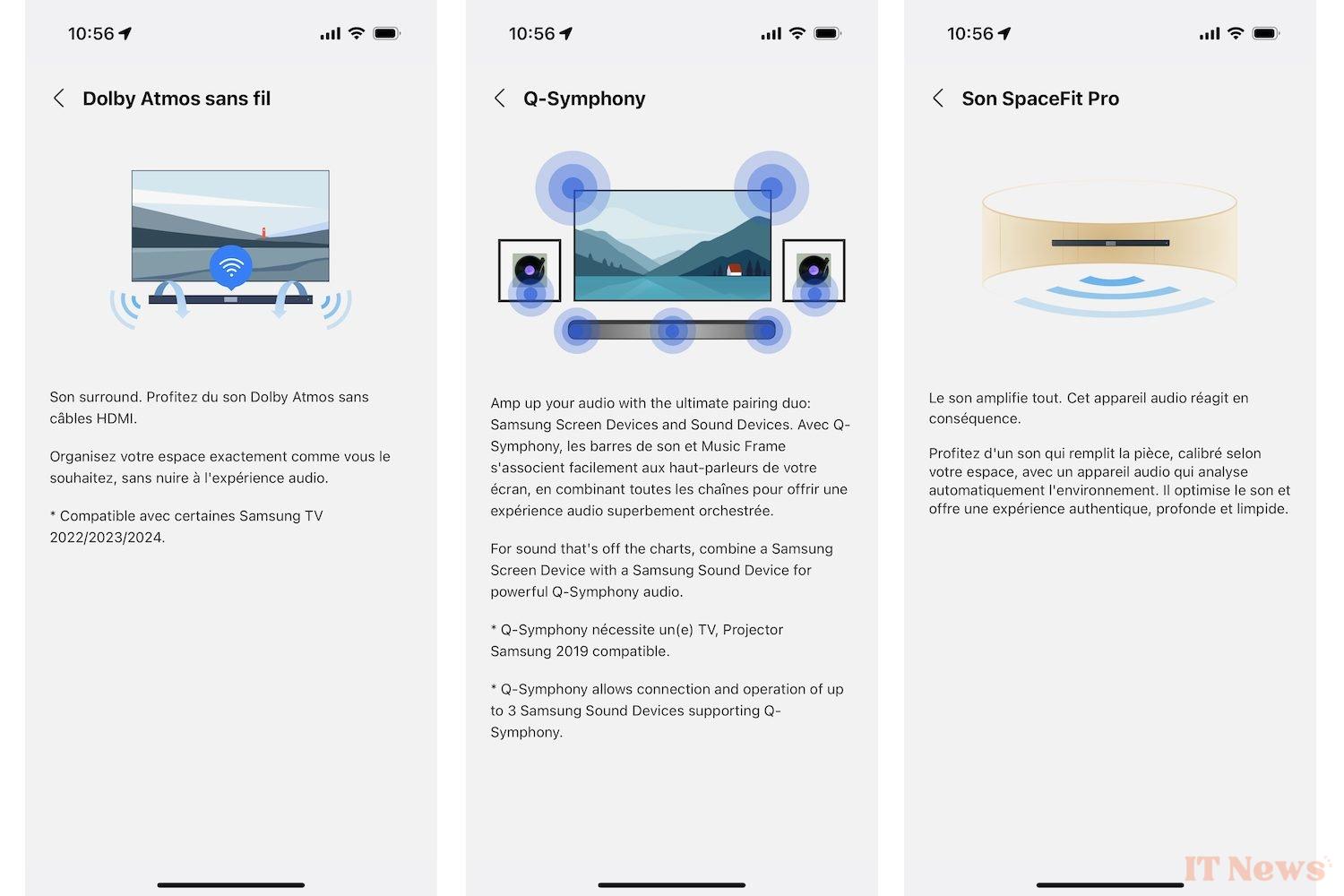
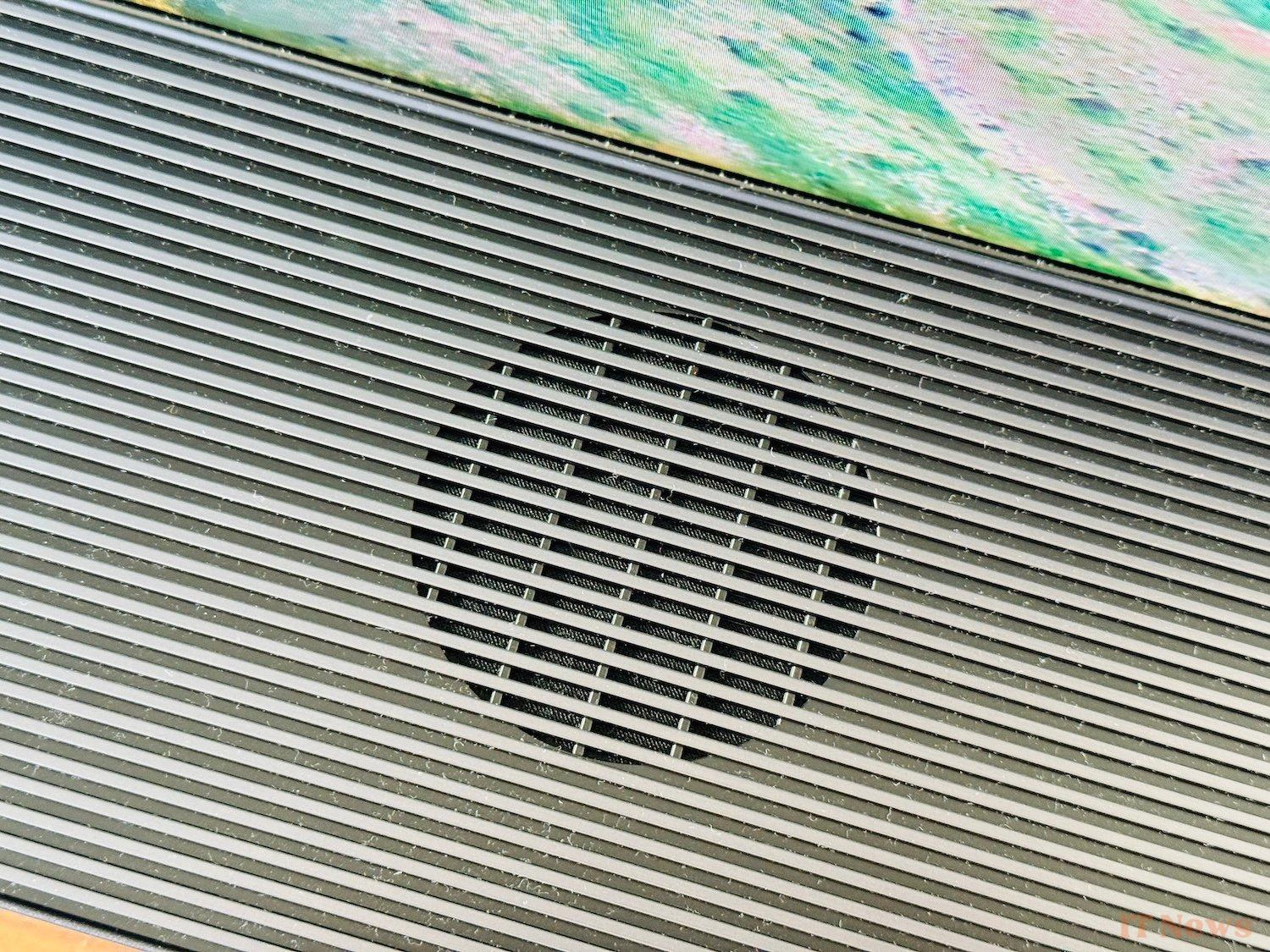
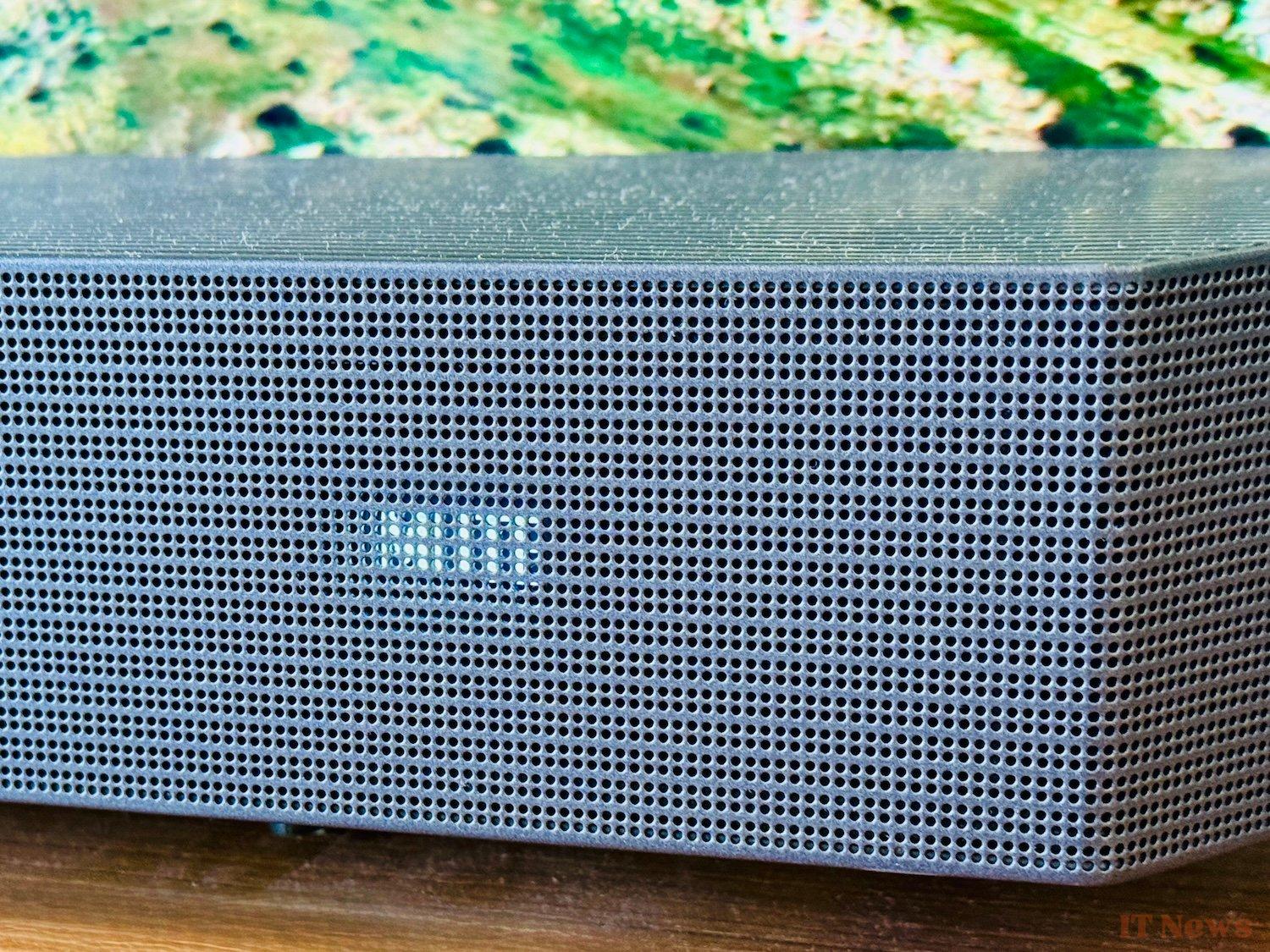
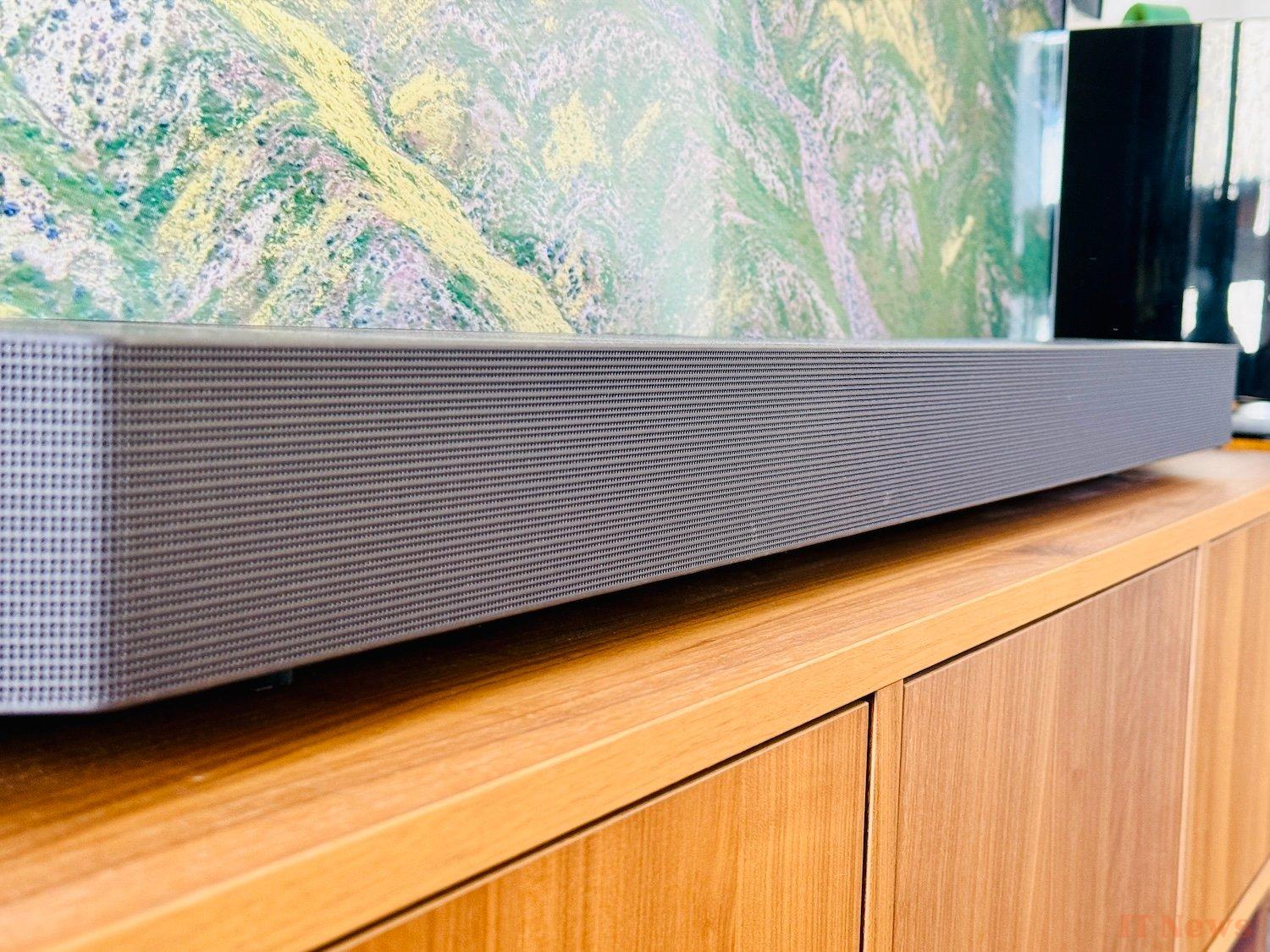

0 Comments